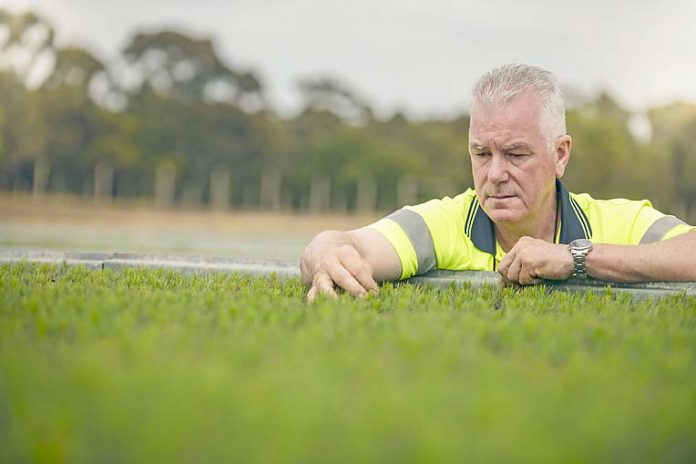

THE Green Triangle forestry sector is taking the lead role in tackling climate change and ensuring the nation has a low carbon future.
OneFortyOne – the region’s largest integrated forestry company – is capturing and storing more carbon than it emits, which means its entire operation is carbon negative.
The company has calculated its carbon footprint and how much carbon its forest sequestered over the 2018 calendar year.
Figures show the company’s Australian and New Zealand based assets removed a staggering 860,000 tonnes of carbon from the environment over the 12-month period.
This is the equivalent of removing 184,489 cars from the road network.
OneFortyOne chief forester Glen Rivers said the company aimed to surpass these results, setting a target of reaching one million tonnes per annum over the next decade.
“The company is extremely proud to be delivering a clean, green product across its entire footprint which is having a positive impact in the fight against climate change,” Mr Rivers said.
“These latest carbon capture figures are important to further our understanding of how forest and timber investments can abate carbon emissions and set new standards for the industry.
He said the company aimed to reach one million tonnes per annum by 2030 by investing in new innovations and technologies, planting more trees and achieving more value from the fibre already in the ground.
“Today it is more evident than ever that forest and timber industries can help tackle climate change and play a prominent role in Australia’s low carbon future.,” Mr Rivers said.
OneFortyOne supplies 78pc of its timber to the domestic market with its Green Triangle forests generating 1.89 million cubic metres of timber over a 12-month period.
One in 15 Australian homes are built using this Mount Gambier produced product with about half of this dry wood’s weight incorporating carbon capture.
Green Triangle Forestry Industry Hub executive general manager Liz McKinnon said the study highlighted timber was the ultimate renewable resource and would play a powerful role in creating a renewable and sustainable economy in the region.
The hub’s vision to plant an additional 200 million trees in the next decade would result in a further 100 million tonnes of carbon capture in the Green Triangle.
“Timber plays an invaluable role in the carbon economy and will play a significant role in dealing with the impacts of climate change, capturing and storing carbon well into the future as forestry estates grow,” Ms McKinnon said.
“Global demand for timber is anticipated to quadruple by 2050 and the Green Triangle sector plans to play a prominent role in meeting this demand, particularly for domestic markets.”
This growth will be earmarked by responsible forestry stewardship, ensuring as much value as possible is derived from each tree, while implementing new technologies and systems to further reduce the carbon footprint across the sector, generating a full circular economy.
Ms McKinnon said the broader community could play a role by using timber to reduce their carbon footprint.
“There is a strong role for us all to play by considering using wood products when and wherever it can be replaced, such as in framing for housing,” she said.
“Timber is a premium building product because it is taking carbon out of the environment and locking it away for decades to come. It is estimated that a timber-framed home stores about 10 tonnes of CO2, with 95pc of it remaining locked in the home after three decades.”







